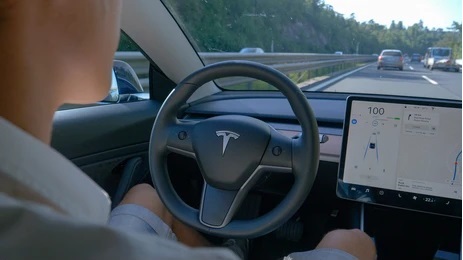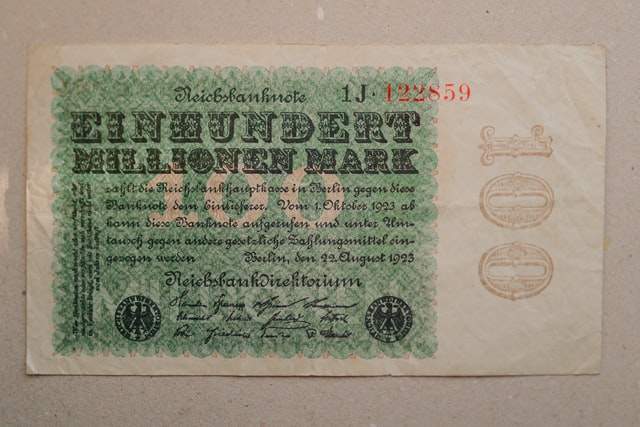Self-driving is synonymous with the name Tesla. All new Teslas include Autopilot as a standard feature. However, Enhanced Autopilot (FSD) and Full Self-Driving are the premium packages. While all three self-driving systems are designed to make driving easier, Teslas don’t automatically drive. They still require that the driver be present behind the wheel. Electric cars (EVs) are smart and good for the environment. Tesla is at the forefront of self-driving vehicle technology.
What is Tesla’s Full Self-Driving?
Tesla’s “Full-Self-Driving” capability extends the Autopilot suite of advanced driving aid systems (ADAS). Autopilot can navigate interstate highways using instrument-guided maneuvers. Full Self-Driving allows you to drive semi-autonomously through urban streets and residential areas.
Is “Full Self Driving” really synonymous with self-driving?
The system is called “Full Self Driving” by Tesla, but it’s not fully autonomous. It is a Level 2 autonomous system. This requires that the driver pay attention to the road ahead and at least one hand touch the steering wheel. Full Self-Driving is not independent and hands-free according to industry standards or regulatory definitions. Full Self-Driving has been criticized by some autonomous-vehicle experts and is currently under review by regulators.
Tesla, however, defends Full Self-Driving and claims that this technology will improve over time. It is also currently working on the foundations for fully autonomous driving experiences in the future. Tesla owners are currently experiencing a gradual rollout of the software. This began with beta testing for a small group of drivers.
Full Self-Driving Works
Autopilot and Full Self Driving, combined, improve safety and ease of use. This technology uses eight external cameras, 12 ultrasonic sensors, and a powerful software system onboard to allow semi-autonomous driving on local roads, highways, and byways alike. Tesla Model 3 Model vehicles use camera-based Tesla Vision, while Models S and Models X continue using radar. As part of its ADAS strategy, Tesla does not use Lidar.
All Self-Driving Features
Autopilot’s Traffic Aware Cruise Control matches the speed of your car to that of other traffic. Autosteer assists you in staying within a designated lane. Full Self-Driving also allows for these capabilities.
- Navigate with Autopilot: Guides a vehicle on a highway’s ramp to its off-ramp. It also navigates interchanges and automatically engages the turn signal. The correct exit is chosen. The system will find the best route to your destination and then follow it.
- Auto Lane Switch: Helps to automatically move the vehicle to a nearby lane when the driver activates the turn signal in their direction. This system is used in conjunction with Autosteer.
- Autopark: Automatically parallels or perpendicular parks a vehicle. Autopark can detect parallel parking spots when you drive less than 15 miles an hour and vertical spots below 10 miles an hour. Once the parking maneuver is completed, the car will automatically shift into Park.
- Summon Uses the Tesla mobile app to move a vehicle into and out of tight spaces.
- Smart Summon – Drives a vehicle through difficult environments and parking spaces to reach the driver’s destination.
- Traffic Control and Stop Sign Control: identify stop signs and traffic lights and slows down a vehicle’s approach. This feature integrates a driving visualization screen, which displays upcoming stop signs and traffic lights. It also provides an estimate of the distance that the vehicle will stop.
The systems will continue to be upgraded by software updates as Tesla’s Autopilot, and Full Self-Driving capabilities develop.







Leave a Comment